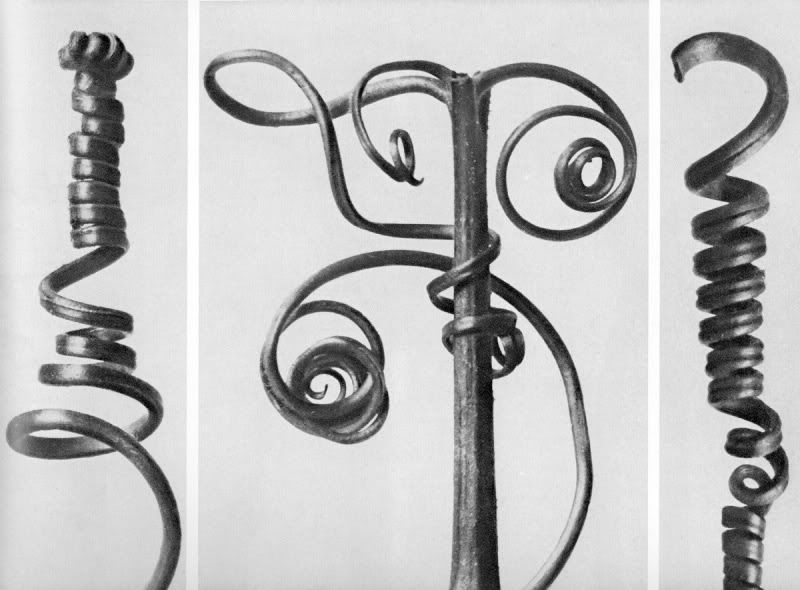When we think of a design that is successful, it is most always ergonomic. Ergonomic design is the creation of some thing which is meant for the specific use by humans and is designed so with comfort and efficiency in mind.
Jetpacks are usually worn on the back and use jets of escaping gases to propel a single user and allow them to temporarily fly. On paper they are an amazing idea and even though they look mighty cool and techy, they are not the least bit ergonomic or even practical for that matter. Jetpacks fail in all 5 ergonomic areas of research.
Jetpacks are by far the least safe mode of transportation you could take unless riding a velociraptor through a jungle of hypodermic needles filled with salt is an option. They are designed to burn fuel to propel you forwards in order to take you to your desired destination. The problem with this is that the fuel which is burned is being shot between your legs and down your back and is very hot. It is also a little bit explosive. Another big safety concern is the part where you have to land. Running out of fuel (which is of very limited supply already) could result in a pair of broken legs or if too high, death.
The comfort of using a jetpack is greatly flawed since there is really no way to be comfortable in a heavy 130+ lb. suit which is strapped on to you while it whips you around. If you think about how a machine which propels you upwards has to be attached to you, you will realize that it is not just sitting on your shoulders. It must either be hooked to a harness around your waist and between your legs or wrapped tightly around your chest. To prevent it from flying off your back, unless you have loins of steel, it will likely be giving you the worst wedgies you have ever felt.
Jetpacks seem as if they would be a great device to get around quickly and easily, but in reality they have very little ease of use built into their design. They literally burn through fuel to get you to your destination which can't be too far away, and unless it is at the top of a building, might not be much faster than using your Go Go Gadget Legs! Once you reach a destination it is also a very cumbersome piece of machinery to lug around and it might be a bit hard to fit under your desk in your cubicle.
The performance aspect of jetpacks is, well, you guessed it, another weak aspect of their design. As they only carry enough fuel to get your around for about 30 seconds, they will require refueling often and this could become an annoyance. A slight miscalculation in fuel levels and you could have to stop on the 14th floor starport on the way up to your job on the 20th floor, adding another 10 minutes to refuel. They also cannot be considered efficient in anyway since the fuel of a 30 second jetpack flight use will get you 500 miles in a Jetski (approximately from Japan to China, see step 43 below). The only real difference being that the Jetski is limited to driving on the X-axis when the jetpack can get you up into the Y!
Step 43 above - indicates jet skiing across the Pacific Ocean. (maps.google.com)
Aesthetically, the jetpack is not the most visually pleasing design to look at. Although it will get you lots of girls with it's sexy flames shooting down your back, it might be hard to pick them up since there isn't really any room for passengers. They are a bit mechanical looking and really have not even been designed in the slightest to look good. Design is merely a relation between form and function of an object and realistically, they haven't created a good function of the jetpack yet. As you can see in the pictures, they are very bulky and not very sleek.
Jetpacks are not a very ergonomic design overall and in fact hardly can be considered a realistic design since it is so out of reach. I mean, for a mere $250,000 you can have your own jetpack to fly around your back yard with. But who knows? Maybe some day they will be innovative technology, and everyone will have their flying licenses and when we turn 16 we will head to the DFV (Department of Flying Vehicles) to take our flight test. As of now, they are not the least bit practical even for the most upper class, money wasting individuals.
Next time you think about buying a jetpack, stop it, then go to the link below.
http://jetpackjesus.com/















